Home>Renovation & DIY>Tools & Equipment>What Grit Sandpaper For Doors
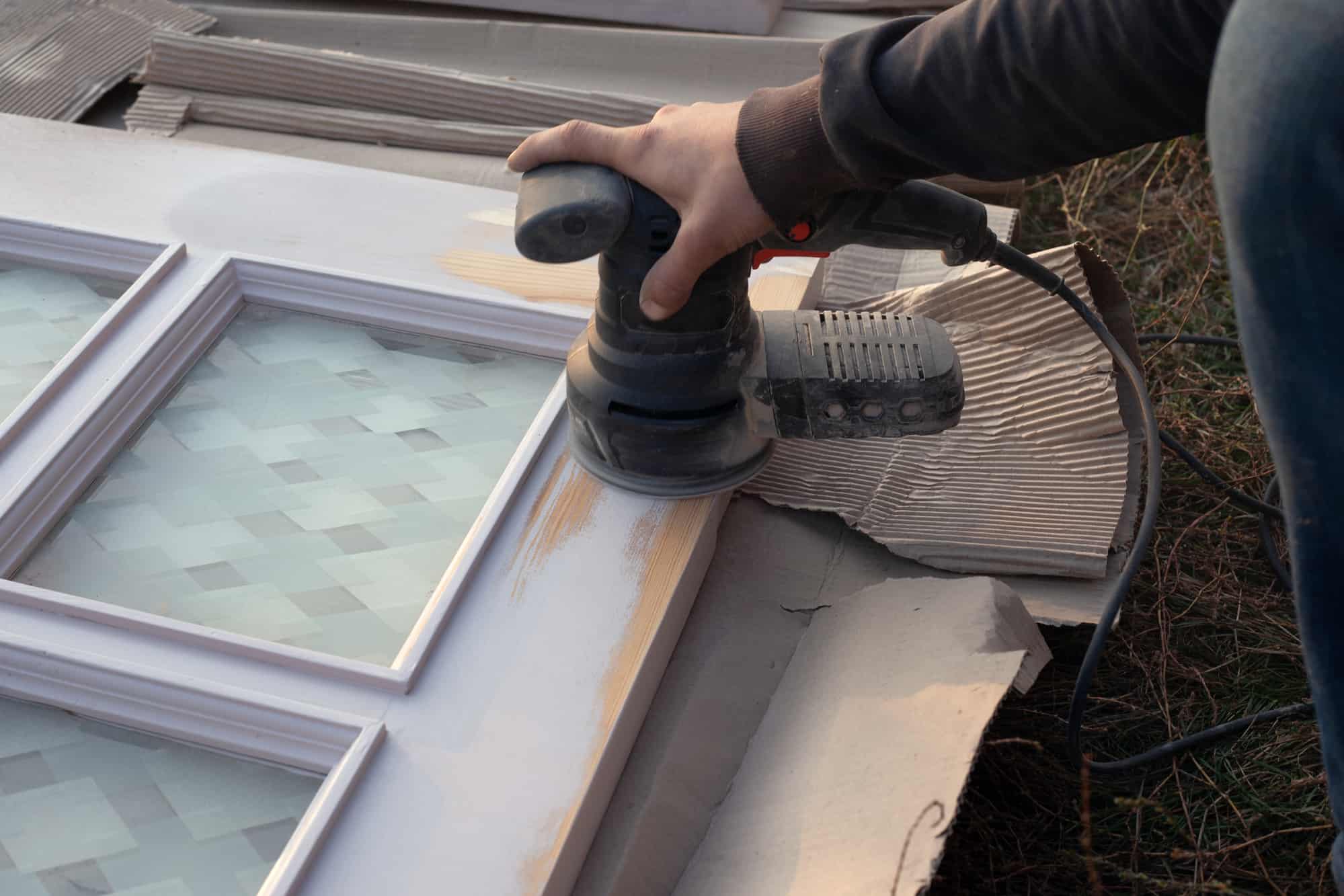

Tools & Equipment
What Grit Sandpaper For Doors
Published: December 20, 2023
Looking for the right grit sandpaper for your doors? Discover the best tools and equipment for achieving a smooth finish and flawless results.
(Many of the links in this article redirect to a specific reviewed product. Your purchase of these products through affiliate links helps to generate commission for Storables.com, at no extra cost. Learn more)
Introduction
Welcome to this comprehensive guide on selecting the right grit sandpaper for sanding doors. Whether you’re a DIY enthusiast or a professional carpenter, knowing the proper grit sandpaper to use can make a significant difference in achieving smooth and flawless results. Sanding doors is a crucial step in their maintenance, restoration, or preparation for painting, and using the correct grit will ensure that the surface is properly prepped for the next stage.
Before diving into the specifics of grit sandpaper, let’s first understand what grit actually means in this context. Grit refers to the size of the abrasive particles on the sandpaper. Higher grit numbers indicate smaller particles, resulting in a finer sandpaper. Conversely, lower grit numbers represent coarser sandpaper with larger abrasive particles. By choosing the appropriate grit, you can effectively remove imperfections, smooth out rough surfaces, and achieve the desired level of smoothness.
However, it’s important to consider various factors when selecting the grit sandpaper for sanding doors. The wood type, level of damage or unevenness, and the desired end result all play a significant role in determining the right grit to use. Let’s explore these factors in more detail.
Key Takeaways:
- Choose the right grit sandpaper based on wood type, damage level, and desired finish. Start with a coarse grit for imperfections, then move to medium and fine grits for a smooth base.
- Regularly check and replace sandpaper to ensure optimal performance and avoid damaging the door surface. Use very fine grit between coats for a polished finish.
Read more: What Grit Sandpaper For Stairs
Understanding Grit Sandpaper
Grit sandpaper is available in a wide range of options, from very coarse to extremely fine. Each grit has its own specific purpose and application, making it essential to understand the different types before making a selection.
The grit scale typically ranges from 40 to 2000, with lower numbers representing coarse sandpaper and higher numbers representing fine sandpaper. Coarse grits, such as 40 or 60, are ideal for heavy-duty sanding tasks that require a significant amount of material removal. These grits are commonly used for initial sanding of rough surfaces or removing a layer of paint or primer.
As you move up the grit scale, the sandpaper becomes finer and more suitable for achieving smoothness and refining the surface. Medium grits, such as 80 or 120, are commonly used for intermediate sanding, smoothing out uneven surfaces, and preparing the door for a finish coat of paint or stain. Fine grits, ranging from 150 to 320, are often used for final sanding, providing a smooth and polished surface ready for painting or staining.
For more delicate tasks or finishing touches, very fine grits, such as 400 or above, are available. These grits are great for achieving a high level of smoothness, removing small imperfections, and creating a flawless finish. They are commonly used in the final stages of sanding or when working with delicate wood species.
It’s important to note that different sandpaper manufacturers may have slight variations in their grit scales, so it’s always a good idea to examine the specific grit rating of the sandpaper you’re using. This will ensure that you are choosing the appropriate grit for your sanding needs.
Understanding the grit scale and its application is crucial in achieving the desired result when sanding doors. Now, let’s explore the factors that should be considered when selecting the grit sandpaper for sanding doors.
Factors to Consider for Sanding Doors
When it comes to sanding doors, there are several factors that you should take into consideration to ensure that you choose the right grit sandpaper for the job. Let’s examine these factors in detail:
- Wood Type: The type of wood used in your door plays a significant role in determining the appropriate grit. Softwoods, like pine or cedar, generally require a finer grit to prevent excessive removal of material and avoid leaving noticeable scratches. Hardwoods, such as oak or maple, can handle coarser grits as their denser composition can withstand more aggressive sanding.
- Level of Damage: Assess the condition of your door and determine the extent of damage or imperfections that need to be addressed. If the door has deep scratches, dents, or paint drips, you may need to start with a coarser grit to remove the imperfections. However, if the surface is already relatively smooth, you can begin with a finer grit for a lighter touch-up.
- Unevenness: Take note of any uneven areas on the door’s surface. If you have a door with noticeable ridges, bumps, or uneven paint, using a coarser sandpaper can help level out the surface. Once the unevenness is addressed, you can switch to a finer grit to achieve a smooth and consistent finish.
- Desired End Result: Consider what you want the final outcome of your door sanding to be. Are you planning to paint the door or apply a stain? If you’re painting, a smoother surface is generally preferred to create a flawless base for the paint. If you’re staining, a slightly coarser grit may be needed to allow the stain to penetrate the wood pores effectively.
- Personal Preference: Every individual may have their own preferences when it comes to the level of smoothness they desire. Some may choose to use a finer grit for an exceptionally polished surface, while others may opt for a slightly coarser grit for a more textured finish. Consider what appeals to you aesthetically and find a grit that aligns with your preference.
By considering these factors, you can make an informed decision on the right grit sandpaper to use when sanding your doors. Now, let’s move on to the recommended grit sandpaper for various door sanding applications.
When sanding doors, start with 100-120 grit sandpaper to remove old finish or imperfections, then move to 180-220 grit for a smooth finish before painting or staining.
Recommended Grit Sandpaper for Door Sanding
Choosing the right grit sandpaper is crucial for achieving smooth and flawless results when sanding doors. While the specific grit you choose can vary depending on the factors mentioned earlier, below are some general recommendations to guide you:
- Initial Sanding: When starting with rough or damaged doors, it’s advisable to begin with a coarse grit like 60 or 80. This will help remove any imperfections, paint, or primer effectively. Use a sanding block or an orbital sander for consistent results.
- Intermediate Sanding: For intermediate sanding to smooth out the surface and prepare it for a finish coat, opt for a medium grit sandpaper like 120 or 150. This will help refine the surface, remove any remaining scratches, and ensure an even base for the final finish.
- Final Sanding: In the final stages of sanding, choose a fine grit sandpaper such as 220 or 320. This grit will provide a smooth and polished surface, ideal for painting or staining. Make sure to sand in the direction of the wood grain and use a sanding block or pad to maintain control.
- Between Coats: If you are applying multiple coats of paint or stain, it’s recommended to use a very fine grit sandpaper like 400 or higher between coats. This will help remove any dust particles or imperfections that may have settled on the previous coat, ensuring a smoother and more professional finish.
Keep in mind that these recommendations are general guidelines, and you can still adjust the grit based on your specific needs and preferences. Additionally, it’s important to use the sandpaper correctly, applying even pressure and moving in smooth strokes to avoid creating uneven spots or sanding through the wood.
Remember to regularly check the sandpaper for signs of wear and replace it when it becomes dull or clogged. Using fresh sandpaper ensures optimal performance and reduces the risk of scratching or damaging the door surface inadvertently.
By following these recommended grit sandpaper guidelines, you’ll be well-equipped to tackle door sanding projects effectively and achieve the desired results. Now, let’s wrap up our guide.
ConclusionSanding doors is an essential step in maintaining, restoring, or preparing them for painting or staining. Choosing the right grit sandpaper is crucial in achieving smooth and flawless results. By understanding the grit scale, considering factors such as wood type, level of damage, unevenness, desired end result, and personal preference, you can make an informed decision when selecting sandpaper for your door sanding projects.
Starting with a coarse grit sandpaper for initial sanding will help remove imperfections and prepare the surface for further refinements. Progressing to medium and then fine grits will gradually smooth the surface, ensuring a pristine base for painting or staining. Additionally, using a very fine grit sandpaper between coats will help maintain a polished finish and remove any dust or imperfections.
Remember to use the sandpaper correctly, applying even pressure and moving in smooth strokes, to avoid creating uneven spots or damaging the door surface. Regularly monitor the sandpaper for wear and replace it when necessary to ensure optimal performance.
By following these recommendations and taking into account the unique factors of your specific door sanding project, you’ll be well on your way to achieving professional results.
Now that you have a comprehensive understanding of selecting the right grit sandpaper for door sanding, you can approach your next project with confidence and achieve a smooth and polished finish. Happy sanding!
Frequently Asked Questions about What Grit Sandpaper For Doors
Was this page helpful?
At Storables.com, we guarantee accurate and reliable information. Our content, validated by Expert Board Contributors, is crafted following stringent Editorial Policies. We're committed to providing you with well-researched, expert-backed insights for all your informational needs.
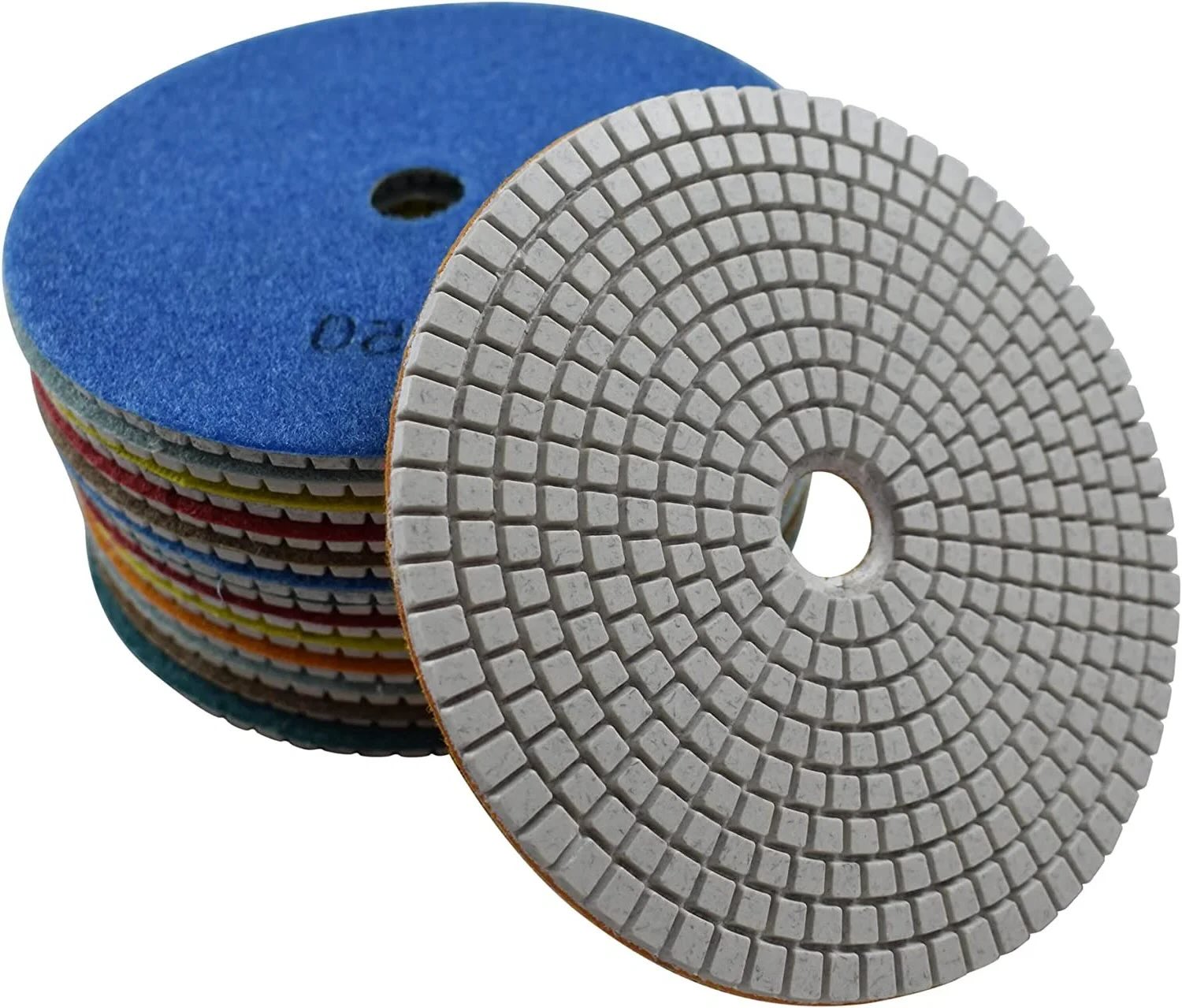



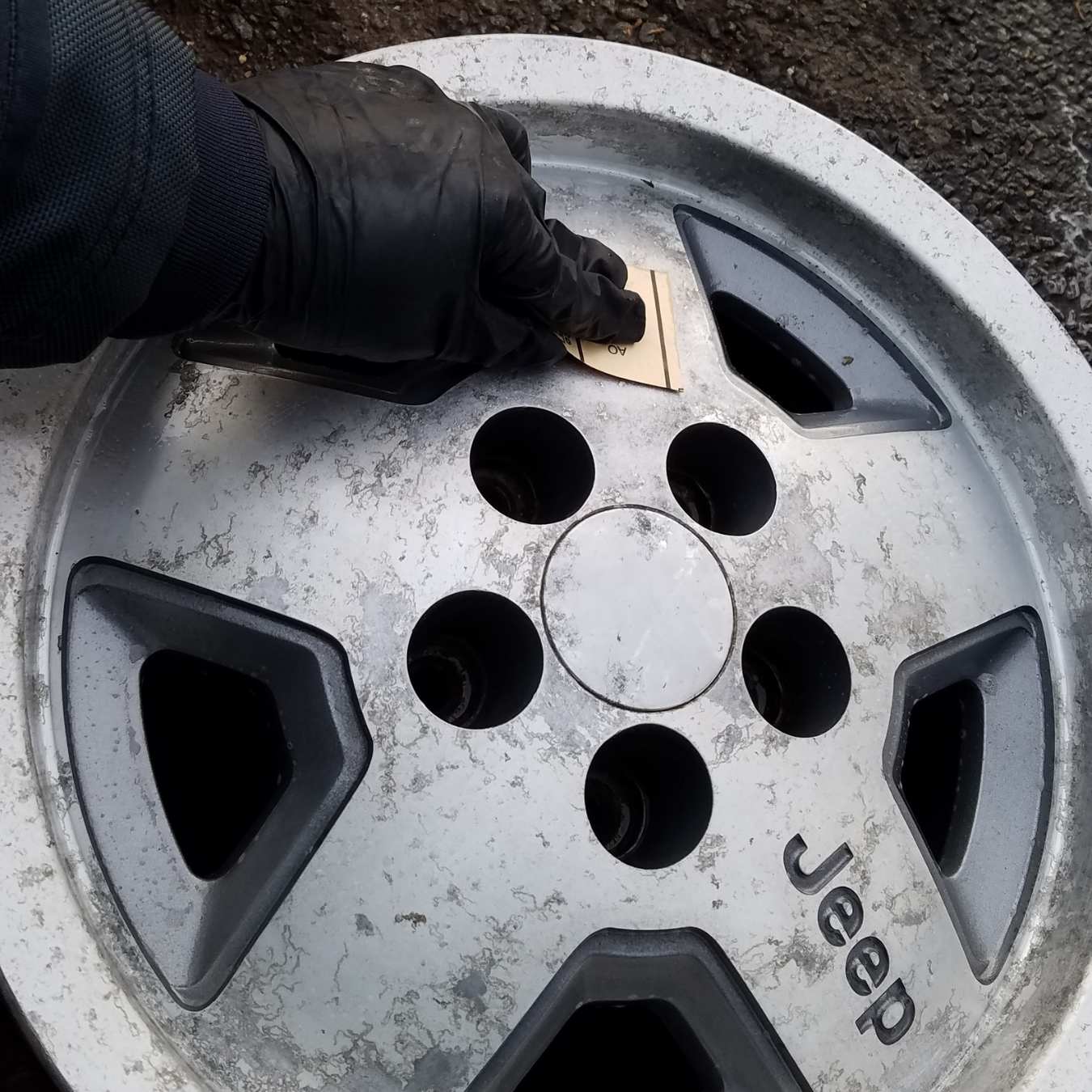

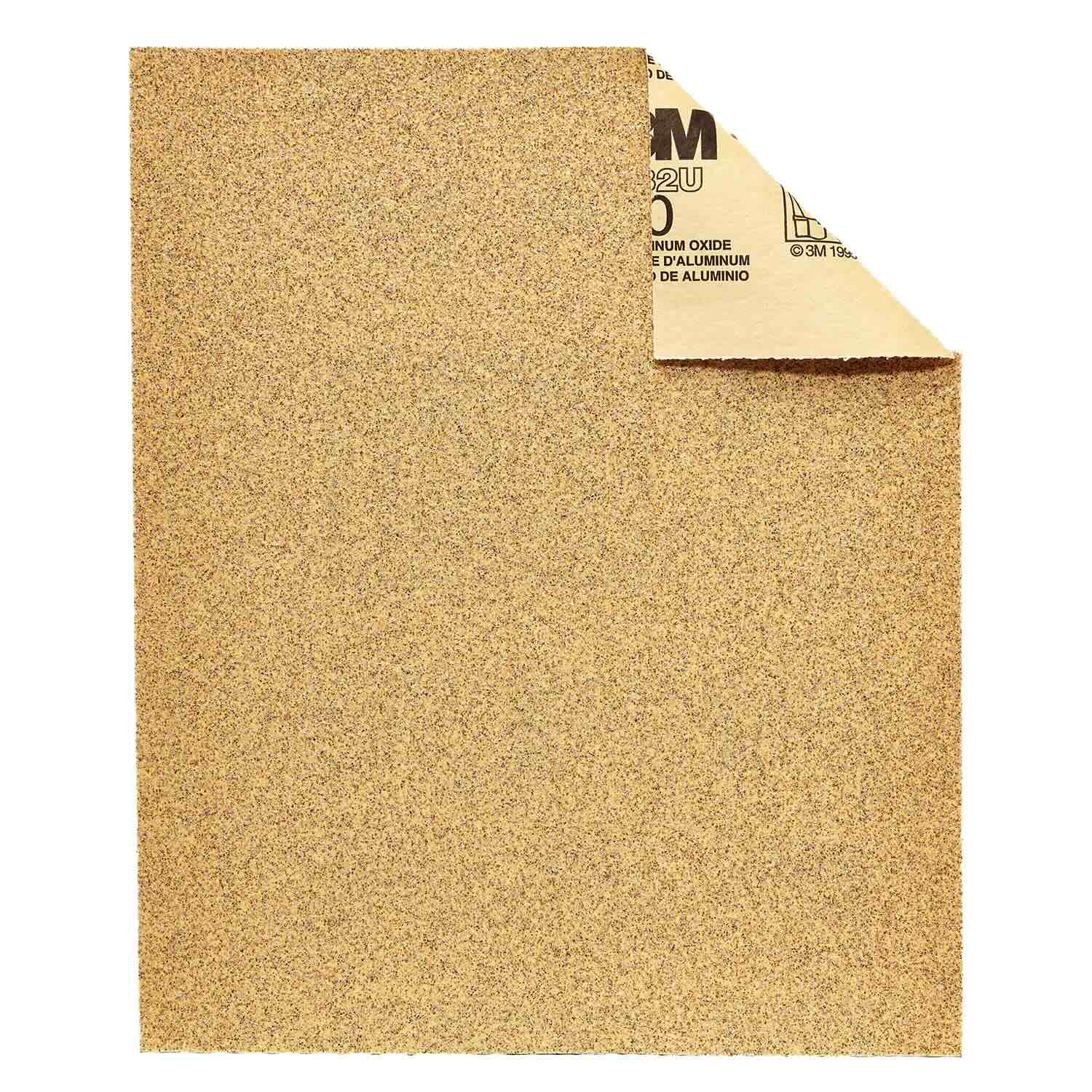
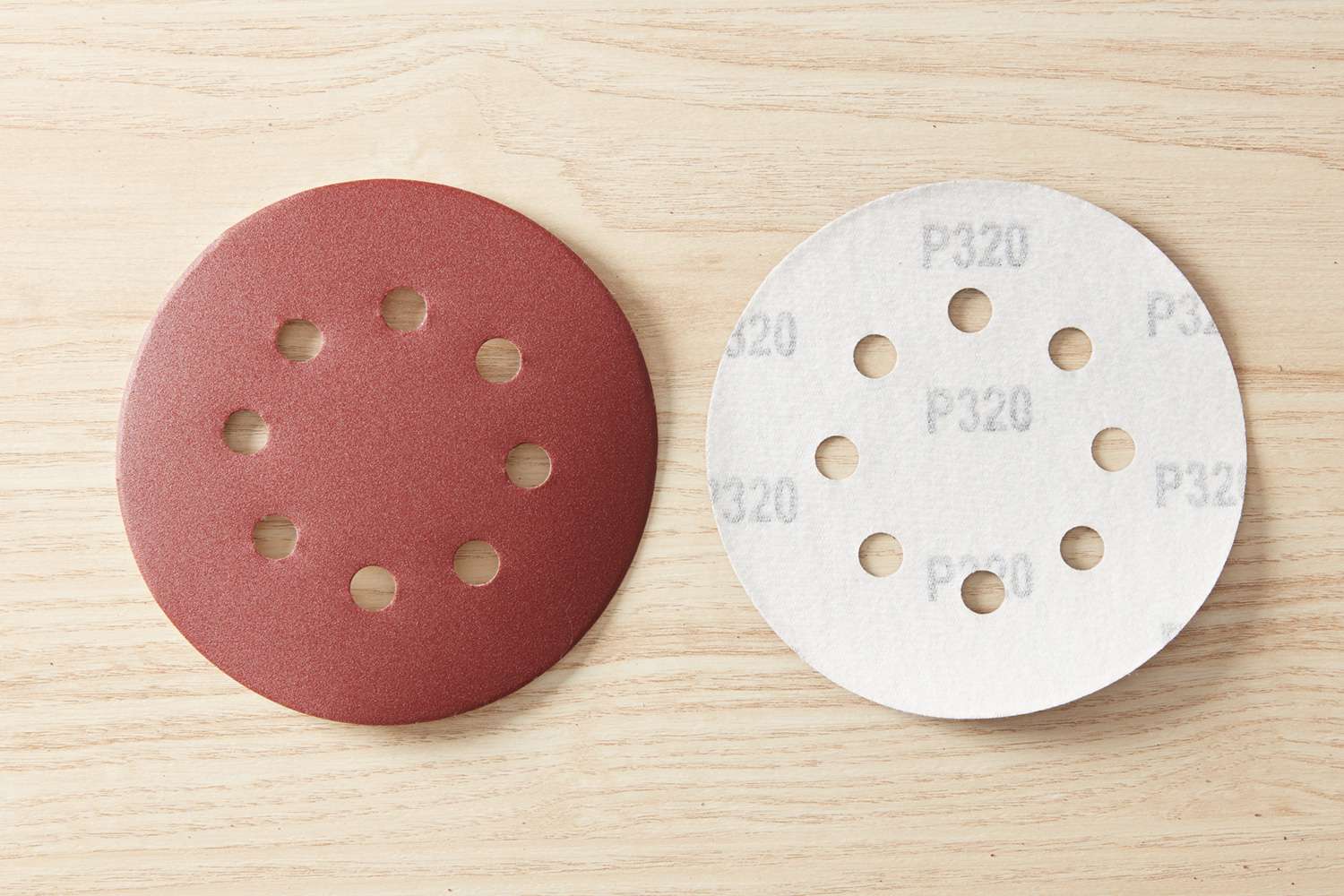
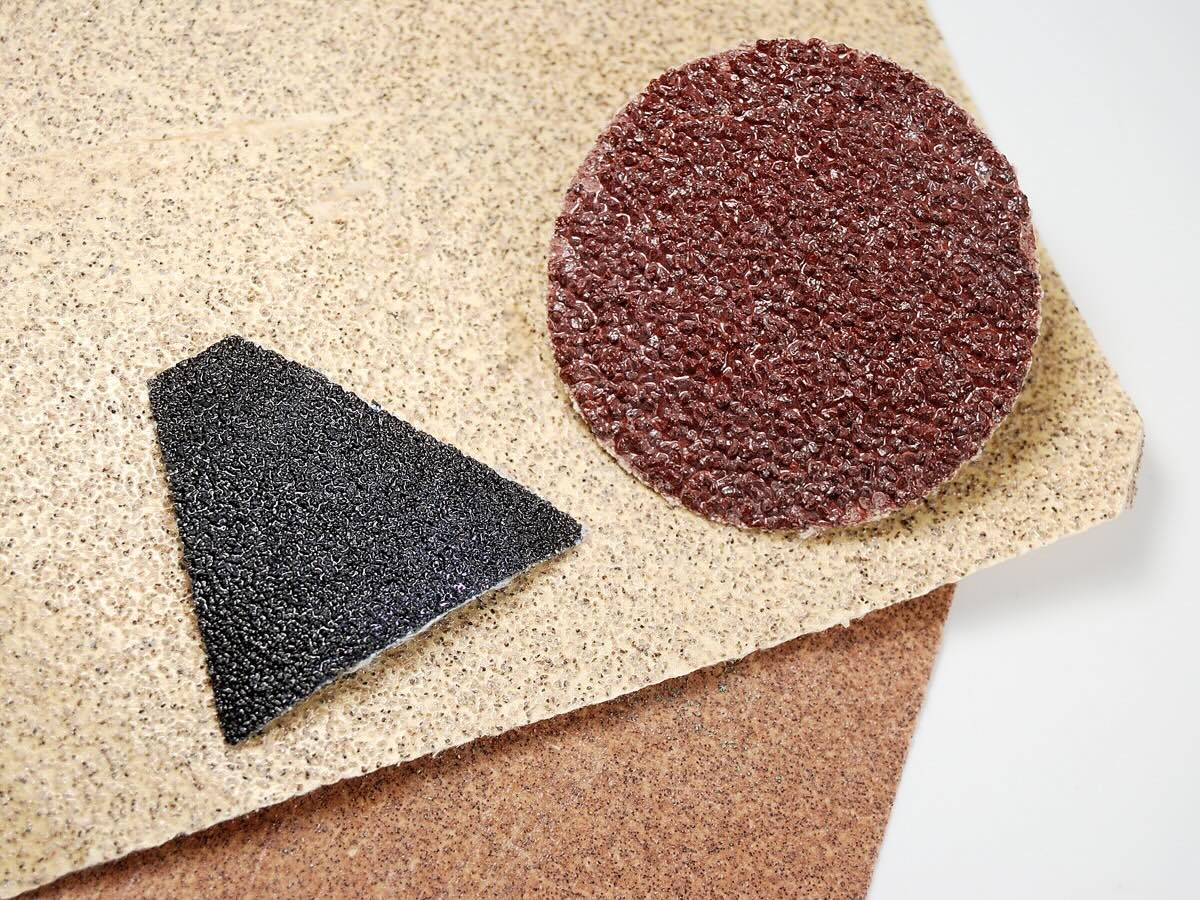
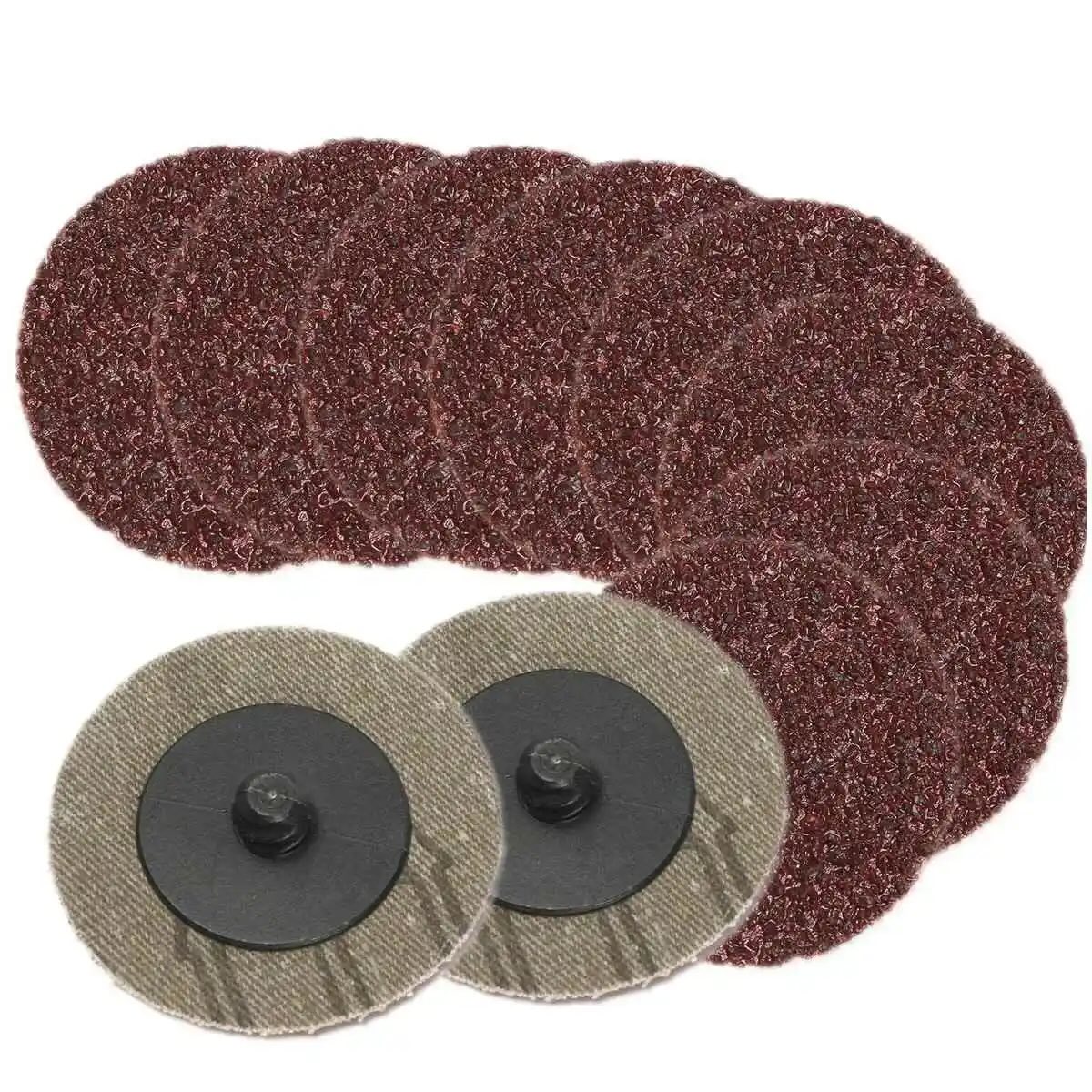
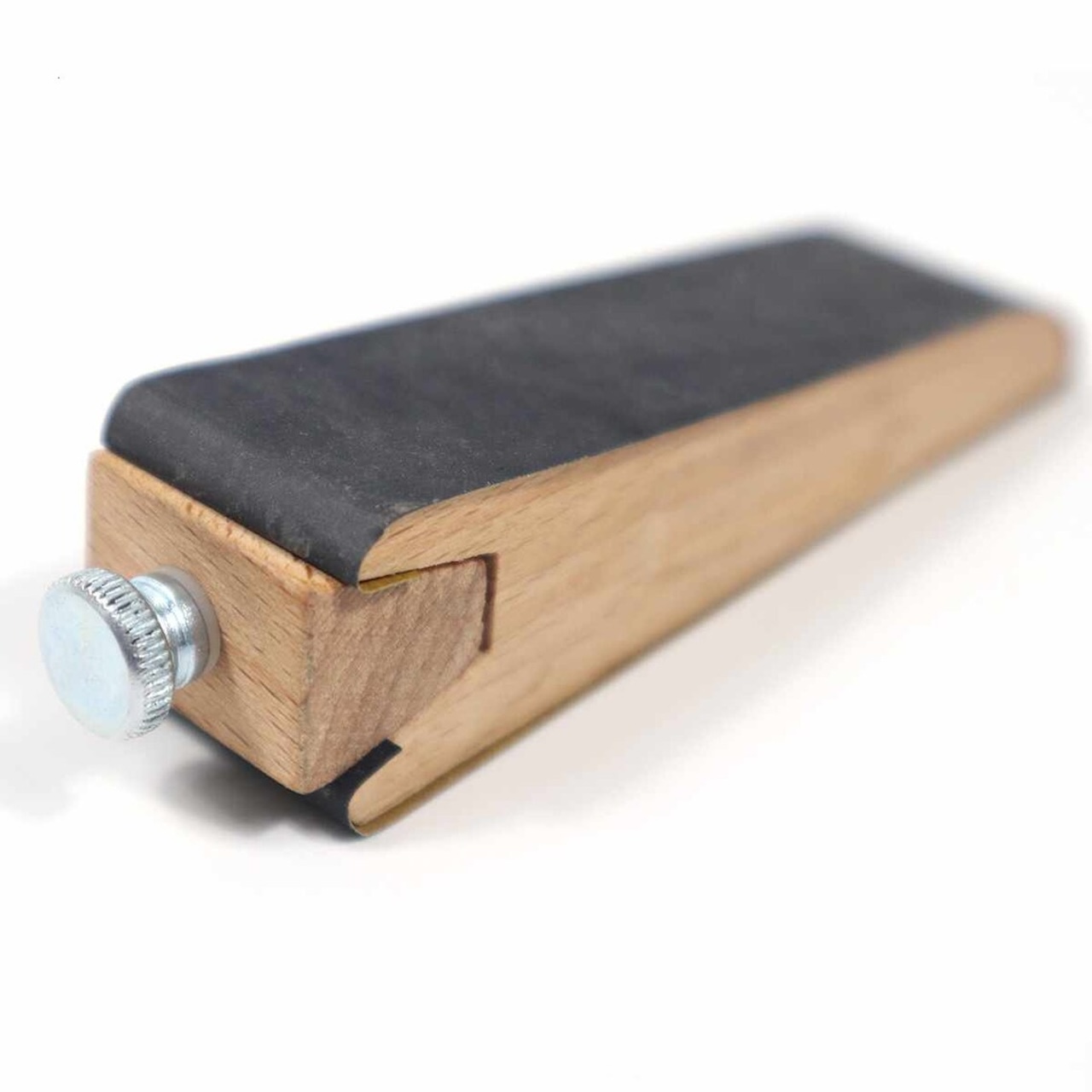
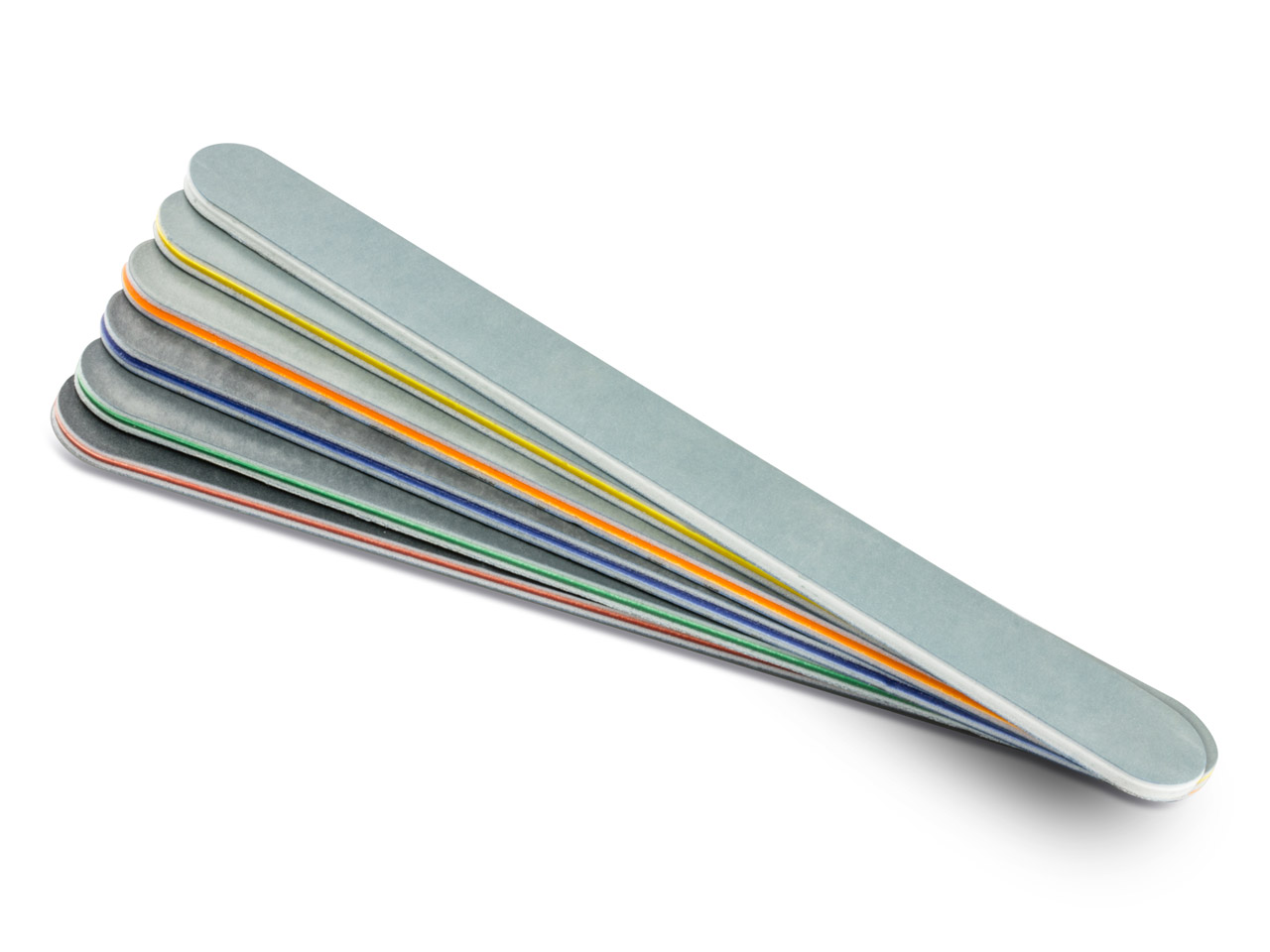
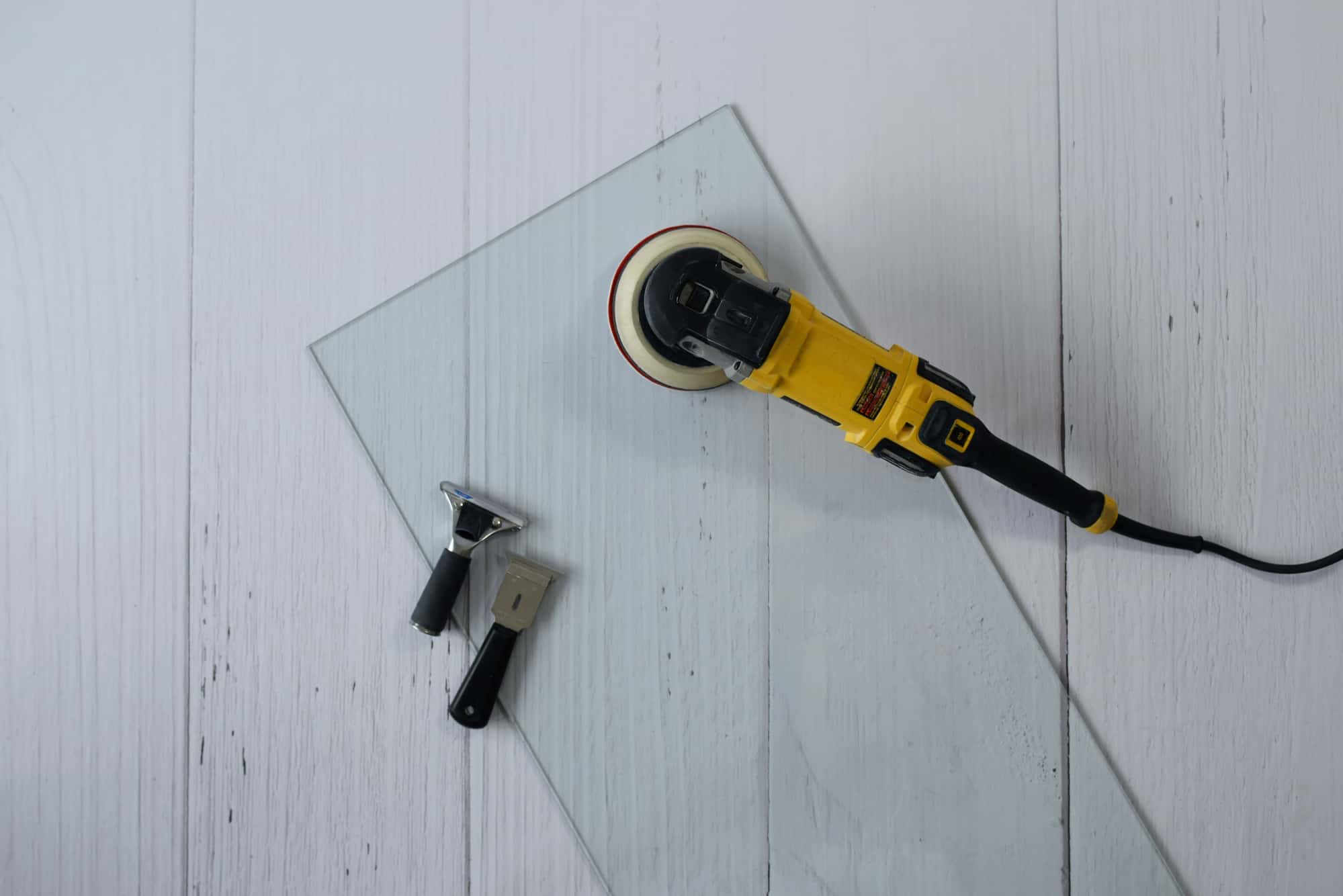



0 thoughts on “What Grit Sandpaper For Doors”